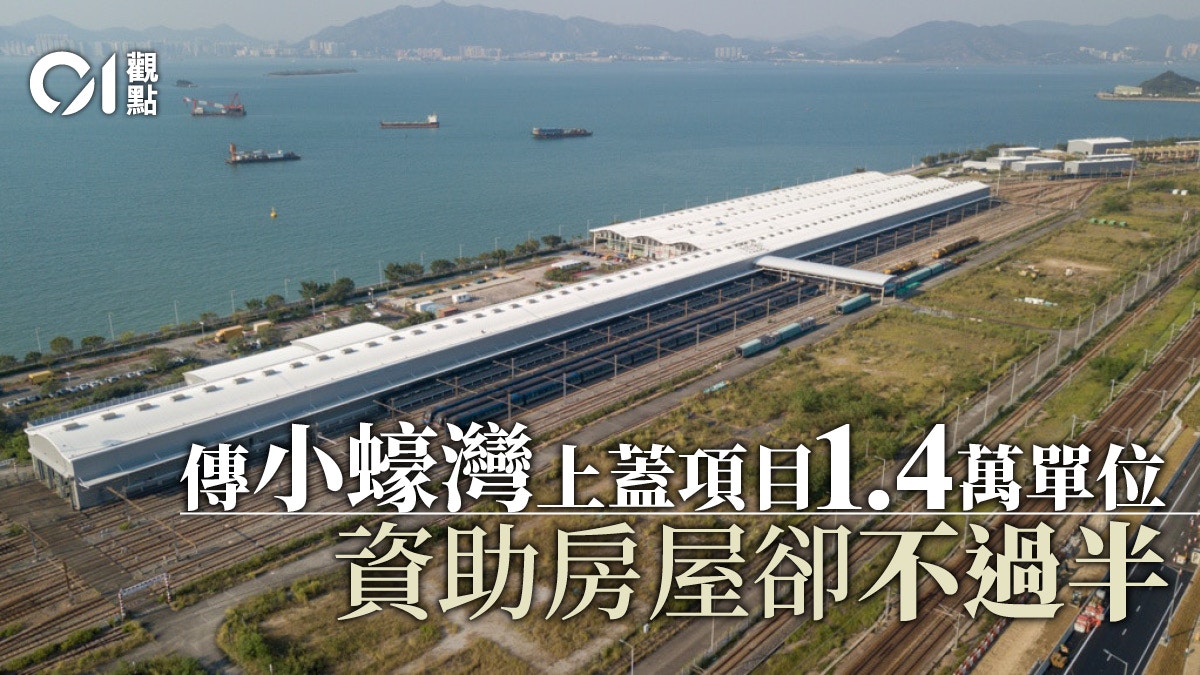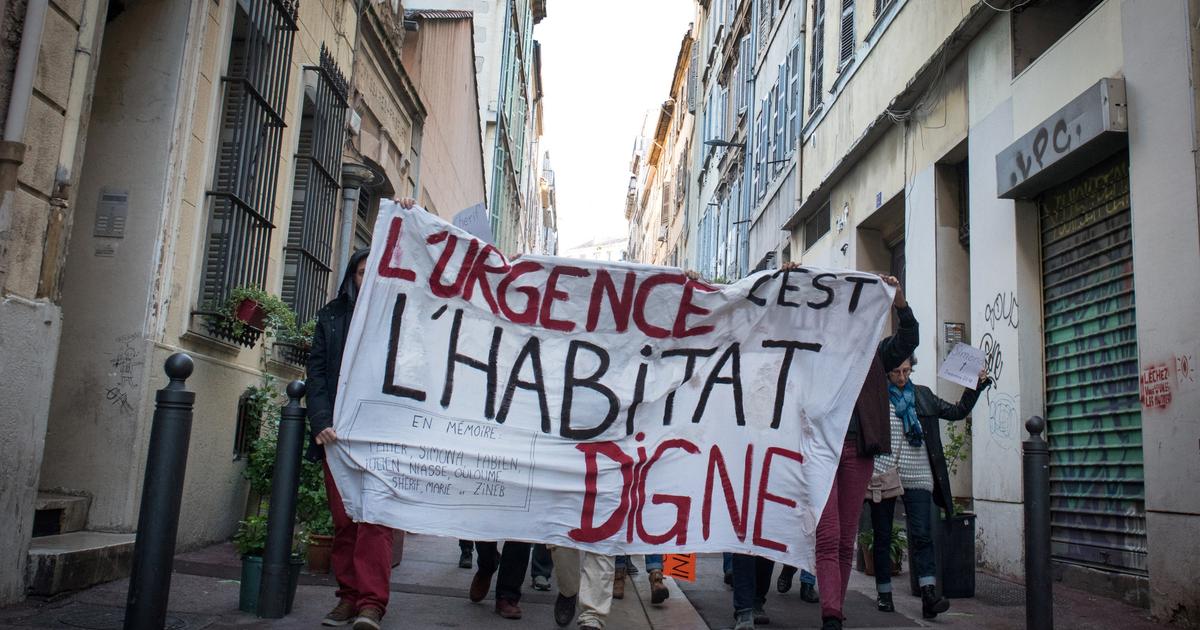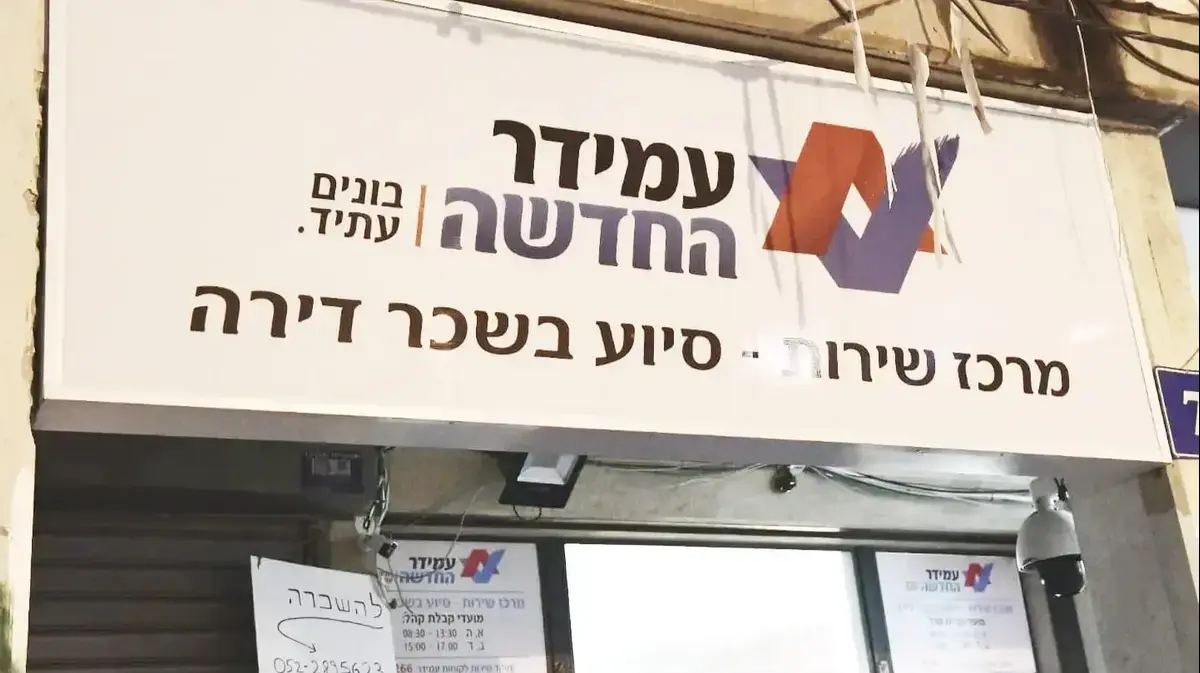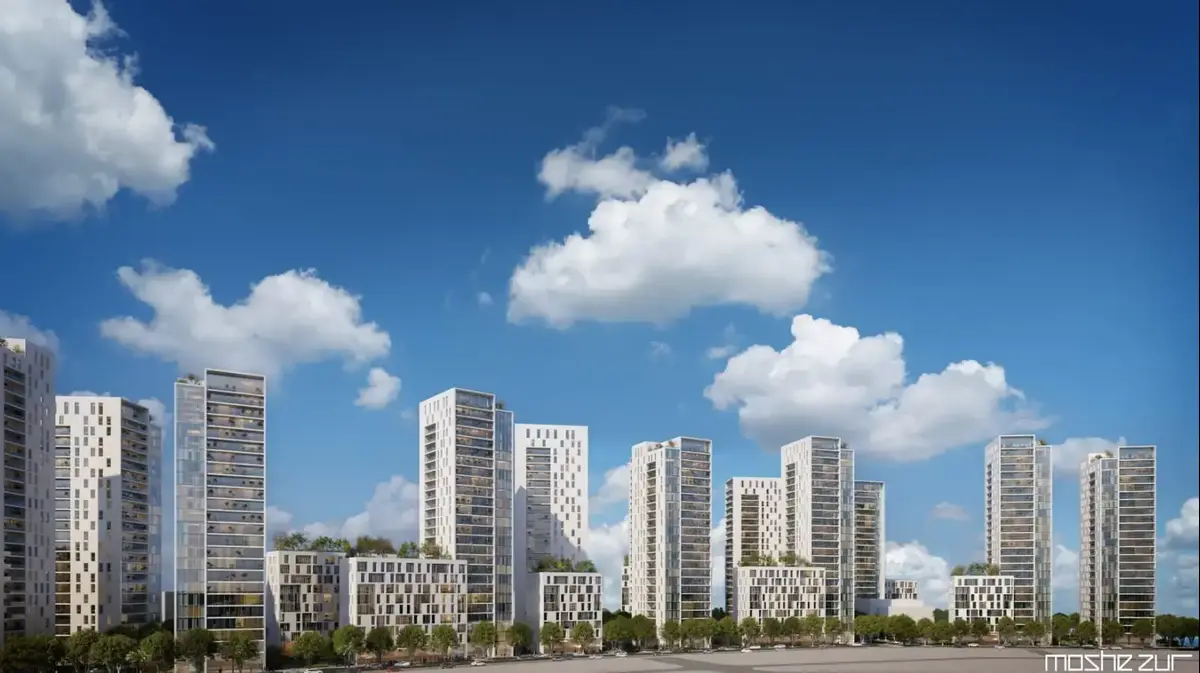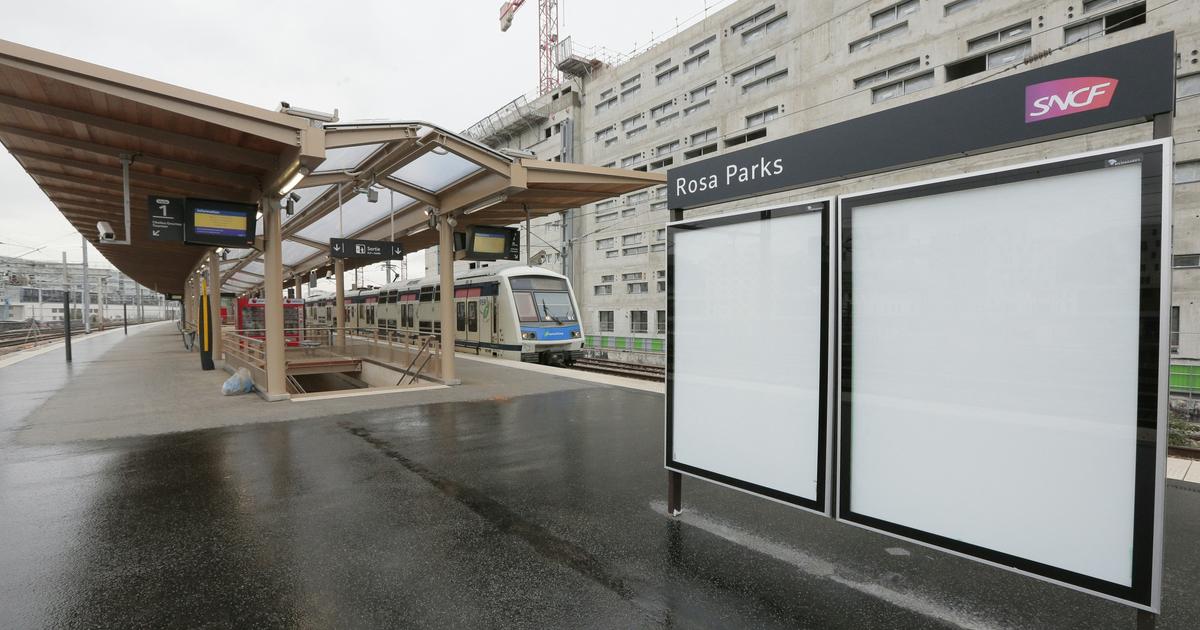01 view
Written by: Commentary Editing Room
2020-11-19 07:00
Last update date: 2020-11-19 07:00
Some newspapers quoted government news. The Policy Address released at the end of the month will announce the directions for increasing the supply of public housing. One of them is to explain that the Siu Ho Wan MTR depot, covering an area of 30 hectares, will be constructed with less than half of the public housing. But there is no plan to build public rental housing.
This has not only failed to expedite the upstairs of those on the waiting list for public housing, it is also inconsistent with the justice of resource allocation.
What is worrisome is that other reclamation planning projects have followed the same pattern. The government's ability to relieve housing affordability is not heavy enough. The so-called solution to the housing problem may be a beautiful lie.
Two years ago, there were rumors that the Hong Kong government used the Siu Ho Wan MTR depot to build public housing, which was later confirmed by the MTR.
This should not have been big news because the housing estates belong to the government, but the government grants land to the MTR at a nominal land price of $1,000 and has the right to request the MTR to directly build public housing.
However, the government and the MTR have never accounted for the allocation ratio of public and private housing and rental and subsidized sale units.
"South China Morning Post" recently quoted news that the MTR Lantau Siu Ho Wan Depot Project will build 14,000 public and private residential units.
(Profile picture)
Public housing and private housing "cannot coexist"
To comply with the concept of living in peace and improving the quality of life, the most ideal approach is to rent public housing as the main priority, subsidized sales as the second, and private buildings account for the least.
The primary reason is naturally that the government must fulfill the three-year pledge of public housing waiting list people to choose flats so that the grassroots can go upstairs to improve their housing environment. Furthermore, all classes should also enjoy convenient transportation and not let the MTR superstructures become private houses. patent.
However, judging from the development news at Siu Ho Wan, the government seems to have no intention of fulfilling the above housing concept.
The source said that the number of units built was higher than the 14,000 previously proposed, but they also said that the public housing in the entire project would not exceed half of the total number of lots. They even stated that the public and private rental housing "may not be compatible." ".
In addition, the private building of the project is said to occupy the seaside part of the lot, while the HOS and first home ownership of the subsidized housing are close to the highway.
The Siu Ho Wan Depot has an area of about 30 hectares and is expected to provide more than 10,000 residential units.
(Photo by Li Zetong)
Public housing cannot be a profit tool
It is true that the construction of a vibrant community above the Siu Ho Wan Depot requires a large investment of capital, but the MTR itself, which almost does not pay land prices, has already saved a lot of costs. It is too "generous" to retain half of the private buildings.
Moreover, in the past, the sale of HOS flats by the Housing Authority was sufficient to meet the construction costs of HOS and public housing. Therefore, it is an exaggeration to say that building public housing will drag down its finances.
The move to abandon the construction of public rental housing and the addition of the first purchase may mean that even the authorities intend to profit from property prices.
The government often says that the construction of public housing estates must compete for every inch of land, but the construction of the Siu Ho Wan Depot proves that the government's lip service is not enough.
What is even more worrying is that other projects under planning may also become a replica of Siu Ho Wan. For example, the government recently continued to announce that the Tung Chung New Development Area, which is reclamation, will build more than 10,000 public housing units and push up public housing. The ratio is more than 70%, but there is still no mention of the ratio of renting to selling. Two years ago, Financial Secretary Chen Maobo talked about the "Lantau Tomorrow" project, and even stated that "subsidized housing will actually get back some of the money after it is sold." , Which means that the government tends to build higher-priced houses for sale in East Lantau, and it is estimated that the first purchase will take up a considerable proportion.
Take the recently sold unit of Huanran Yiju as an example. The most expensive three-bedroom unit is 7.98 million yuan, and the lowest of the open-style unit is 3.55 million yuan. The price of new units in the future will never be cheap.
The URA's Ma Tau Wai Road has been transformed into a new home, which is the first project in Hong Kong to buy on-board vehicles.
(Profile picture)
To take a step back, even if the government insists on putting part of the infrastructure expenditure into the price of the property and selling it as a first home purchaser to more economically able people, then a unit with a construction area of 700 square feet and an 80% utility rate will be 4,000 per square foot. The unit construction cost of RMB yuan, plus 1 million yuan in infrastructure costs per unit, the total selling price is not 4 million yuan.
Take the Siu Ho Wan lot as an example. Assuming that half of the 14,000 units are the first purchases planned for this section, the government has already recovered 7 billion yuan in infrastructure costs, which is considerable.
If the government news quoted by the newspaper is true, it only reflects that the government and the MTR are also determined to profit from housing.
The goal of subsidized housing should be to reduce housing expenses and realize housing rights, not the government's tools for filling in numbers and making money.
If the government is determined to stabilize property prices and reduce the burden of housing, it must build public rental housing and HOS flats drastically, and sell the HOS flats at cost, and the reclamation expenses will be covered by public funds.
Additional housing in Tung Chung must also meet the needs of residents
The unsynchronized completion of the Tung Chung New Public Housing Railway is the result of years of government planning errors
How about the loss of commuting time for residents who haven’t seen a shadow in the past 20 years?
Public Housing MTR 01 View Policy Address Policy Address 2020

